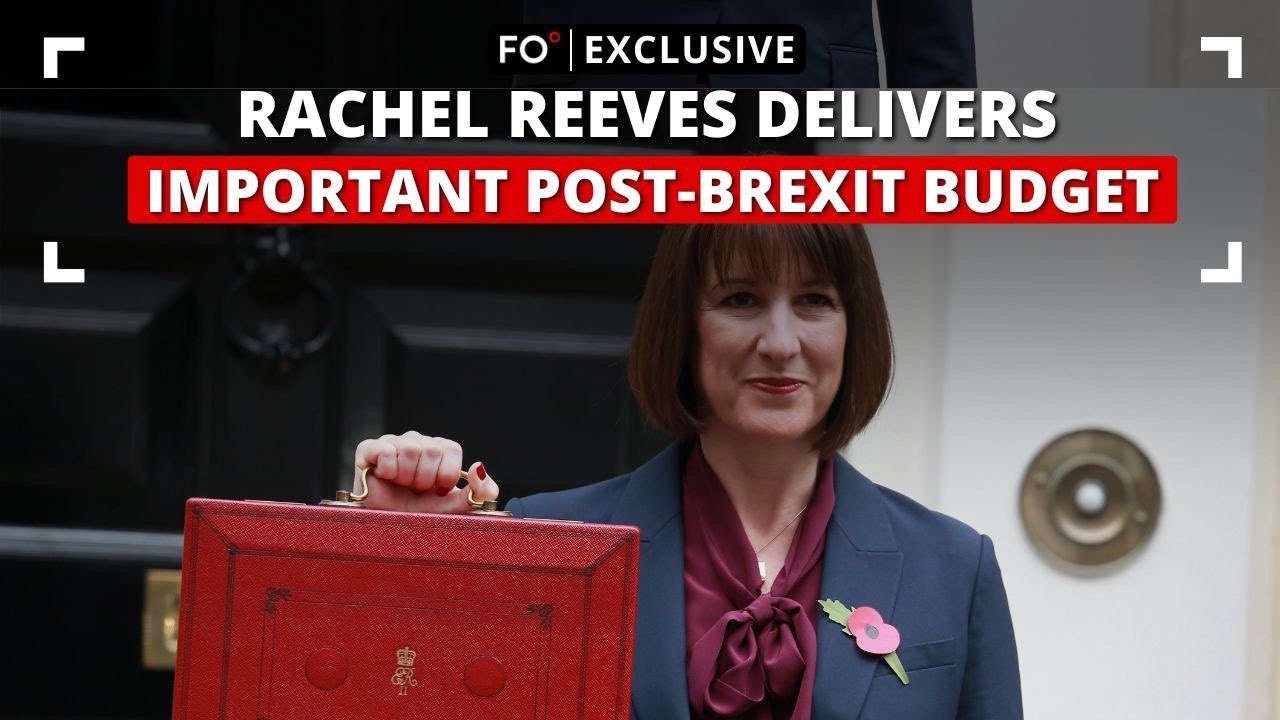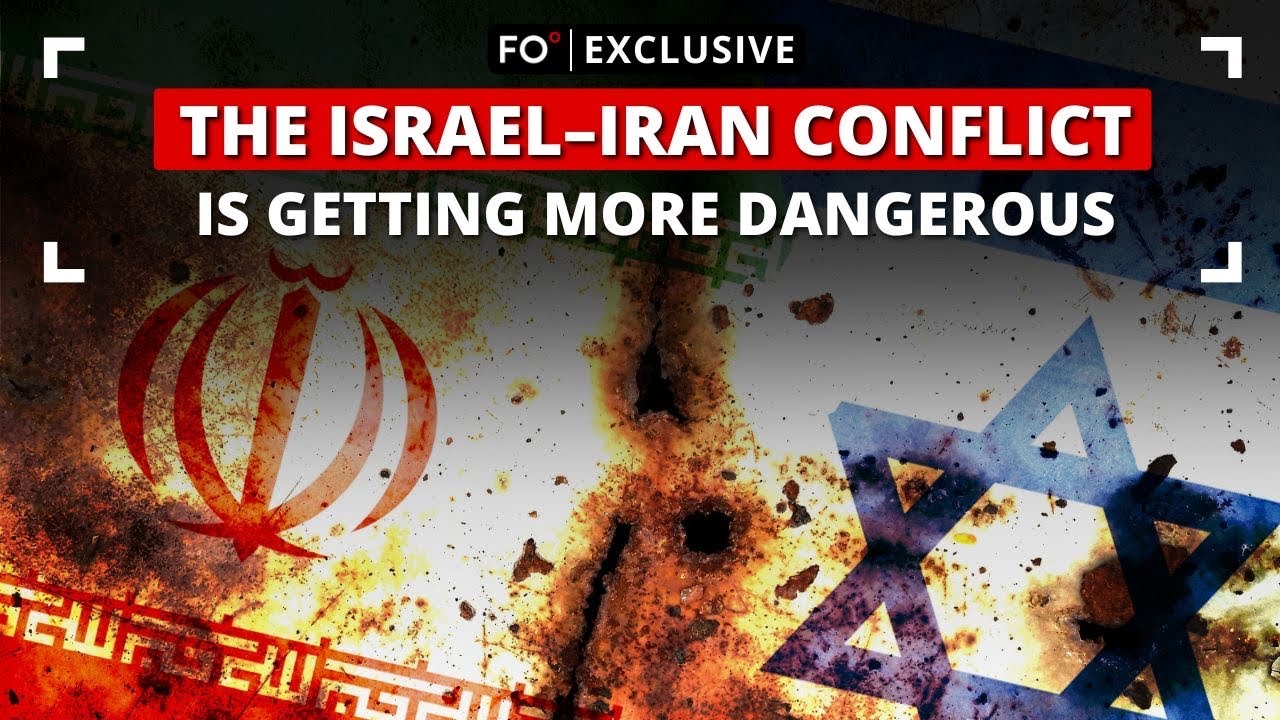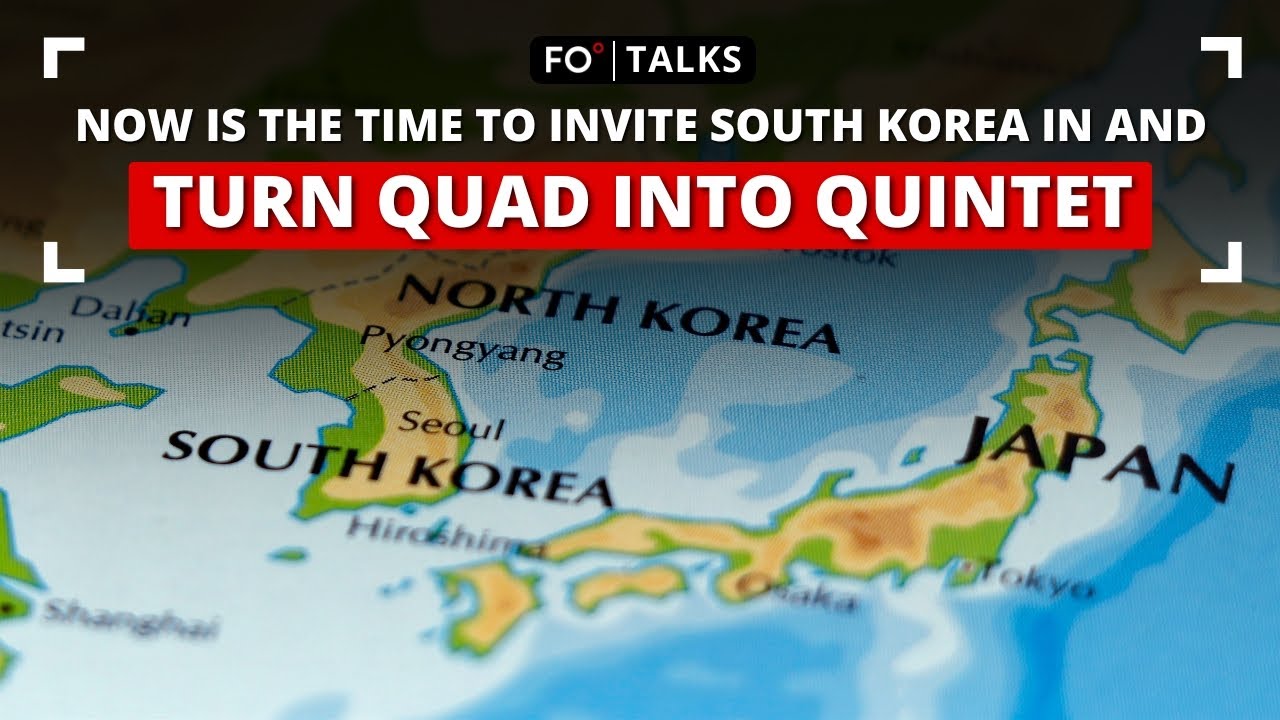Indians believe strongly in the robustness of their democracy, but the recent political climate has been tense and volatile. Both India’s political system and its constitution make it somewhat unique among democracies. Amidst accusations of authoritarian tendencies and democratic backsliding, Prime Minister Narendra Modi attempts to carry out his policy agendas to improve India’s place in the global order.
Crash course: India’s Parliamentary Democracy
India’s democratic system mimics that of Westminster, with a bicameral parliament. The upper house is known as the Rajya Sabha, the house of the states. It consists of members of parliament elected by state legislatures, with each member serving six years. The lower house, known as the Lok Sabha, the house of the people, is formed via general election. This is where most of the legislative action takes place.
While many consider India’s democratic system to be remarkably stable, there are a few unique elements within the system that pose challenges of their own. Two of these differences are worth noting. The first is the anti-defection law, passed in 1985, which prohibits members of parliament from defecting to another party. While originally created as a stabilization mechanism, the anti-defection law has in actuality led to greater dysfunction and power imbalances.
The second significant element is the immense power that the executive branch holds. The executive decides when to summon and prorogue parliament, and acts in place of the legislature when parliament is not in session. Generally, parliament convenes three times a year, with longer prorogation periods. These two functions in particular allow the executive to dominate India’s parliamentary democracy.
However, the parliamentary system is not the only unique aspect of India’s government. India’s constitution is extraordinarily long, having been amended over 100 times and consisting of 448 articles. The American constitution has only seven. India’s constitution is by far the longest constitution of any independent state, and it is the second-longest constitution in use anywhere, after Alabama’s. As democracy was a new experiment for India, the length of the constitution was an attempt at providing more structure and stability to ensure the system survived.
The first amendment to India’s constitution allowed the government to restrict freedom of speech and expression, which had been granted in the original constitution. This amendment was introduced by India’s first prime minister, Jawaharlal Nehru, who was unable to handle the backlash he received during his time in office. The inclusion of this amendment in the constitution allowed Nehru’s government to crack down on sedition in the media and public sphere, a tactic which many accuse India’s current prime minister of leveraging.
Democratic backsliding and authoritarianism
Although India is the world's largest democracy, and a remarkably reliable one at that, contentious themes from Modi’s time in office have brought up concerns of democratic backsliding in India. Some claim Modi has authoritarian tendencies and is actively leading India down an anti-democratic path, especially in light of his government’s sometimes violent harassment of journalists and activists.
While Modi’s government has indeed levied legislation to clamp down on critics, tame media, and influence discourse, he is certainly not unique in this aspect. These political tactics have been in use long before his time. However, Modi tends to be more autocratic in his demeanor and approach to politics, which is where much of the criticism stems from.
That being said, Modi has been widely successful thus far within the bounds of the current constitution. Thus, it seems unlikely he will propose any constitutional changes in the near future. The system has worked for him in the past and will likely continue to do so.
Additionally, the democratic system in India is not necessarily weaker or more unstable than it has been historically. For example, multiparty coalitions were a significant challenge in the early 1990s, as excessive diversity limited the effectiveness and power of the parties. In India, the current political landscape is much more a result of power politics and how they shape governments than it is representative of democratic backsliding. Even given incidents where Modi has suppressed of free speech, concerns regarding true democratic backsliding are largely unfounded.
Modi’s failures and triumphs
While Modi’s image has been tarnished by many, the prime minister has done a significant amount to promote domestic development and improve India’s standing in the world. There has been tremendous investment in infrastructure, vast subsidies to boost development in certain sectors, a dedication to improving public facilities and providing access to energy resources in rural communities, and positive economic growth.
The job market, which has remained largely stagnant, is one area which Modi seems to overlook. However, there are significant obstacles standing in the way that cannot necessarily be attributed to him. While these challenges should certainly be addressed in the coming years, it does not seem to be a significant platform issue for Modi at this point in time.
Modi’s recent reelection secures his spot in the pantheon of greats as he enters his third consecutive term. While this development certainly cements his power in some aspects, political landscapes change quickly and longevity is not guaranteed. Despite these shifting and at times contentious climates, India’s democracy is alive and well and the future remains bright.
[Emma Johnson wrote the first draft of this piece.]
The views expressed in this article/video are the author’s own and do not necessarily reflect Fair Observer’s editorial policy.



































Comment